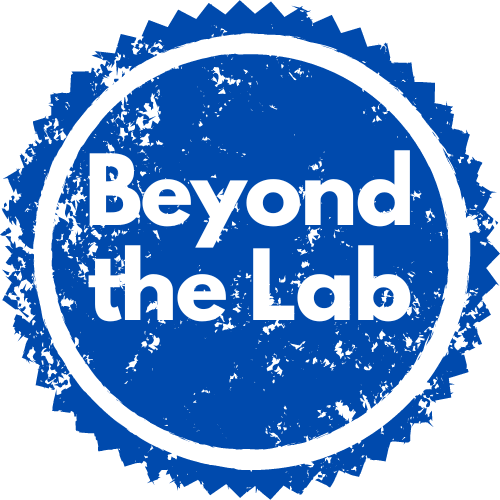Surface mechanical attrition treatment (SMAT) and conventional shot peening (SP) are both surface treatment processes that can refine the surface of metallic materials. However, they differ in the size of the shot used and the velocity at which it is applied.
SMAT uses a larger shot size (1-8 mm) than SP (0.25-1 mm) and applies it at a lower velocity. This results in a more uniform surface finish with less roughness than SP. SMAT can also produce a nanostructured surface layer with nanocrystalline grains, which can improve the mechanical properties of the material.
In contrast, SP is a process that uses small, spherical metal, glass, or ceramic particles called “shot” to bombard the surface of a material at high velocity. This creates compressive residual stresses in the surface layer of the material, which can improve its fatigue life and resistance to stress corrosion cracking.
Surface Mechanical Attrition Treatment (SMAT) and conventional shot peening are both surface modification techniques that involve impacting the surface of a material with high-energy shots to induce beneficial changes in its properties. However, there are critical differences in the mechanisms and outcomes of these two processes.
1. Grain Refinement Mechanism:
- Conventional Shot Peening: In shot peening, the primary goal is to introduce compressive residual stresses into the surface layer of the material, which helps to improve its fatigue life and resistance to stress-related failures. The impacts of shots create plastic deformation and induce compressive stresses near the surface. While some grain refinement can occur due to plastic deformation, it is not the primary focus of this process.
- SMAT: SMAT is specifically designed to induce grain refinement in the surface layer of the material. The impacts of shots during SMAT lead to severe plastic deformation, causing a high degree of strain accumulation and subsequent fragmentation of existing grains. This forms a nanocrystalline or ultrafine-grained structure in the treated surface layer.
2. Microstructure Alteration:
- Conventional Shot Peening: The primary effect of shot peening is the introduction of compressive residual stresses, which improve the material's resistance to fatigue and stress corrosion cracking. Grain refinement is a secondary effect and occurs to a lesser extent.
- SMAT: The primary outcome of SMAT is the creation of a refined microstructure with significantly reduced grain size. This fine microstructure can lead to enhanced mechanical properties, such as improved hardness, wear resistance, and tensile strength.
3. Surface Properties Enhancement:
- Conventional Shot Peening: Shot peening primarily improves materials' fatigue life and stress-related performance by introducing compressive residual stresses and work hardening.
- SMAT: SMAT offers a broader range of property improvements due to creating a nanocrystalline or ultrafine-grained structure. This can improve hardness, wear resistance, corrosion resistance, and other mechanical properties.
4. Application Focus:
- Conventional Shot Peening: It is commonly used in industries where improved fatigue life and resistance to stress-related failures are critical, such as aerospace, automotive, and manufacturing.
- SMAT: SMAT finds applications where grain refinement and enhancement of various surface properties, including mechanical, tribological, and chemical characteristics, are desired. This includes areas like biomedical implants, electronic devices, and wear-resistant components.
'재료공학' 카테고리의 다른 글
| Ni-Sn 상태도 / Ni-Sn phase diagram (0) | 2023.10.03 |
|---|---|
| Cu-Sn 상태도 / Cu-Sn phase diagram (0) | 2023.10.03 |
| 초전도체 (superconductor)의 개념과 응용분야 (0) | 2023.08.04 |
| 응고 시 미세조직의 변화를 상태도로 이해하자 (7) | 2023.06.24 |
| Lever rule을 이용한 상 분율 계산 - 2원계 상태도 해석 (0) | 2023.06.22 |





댓글